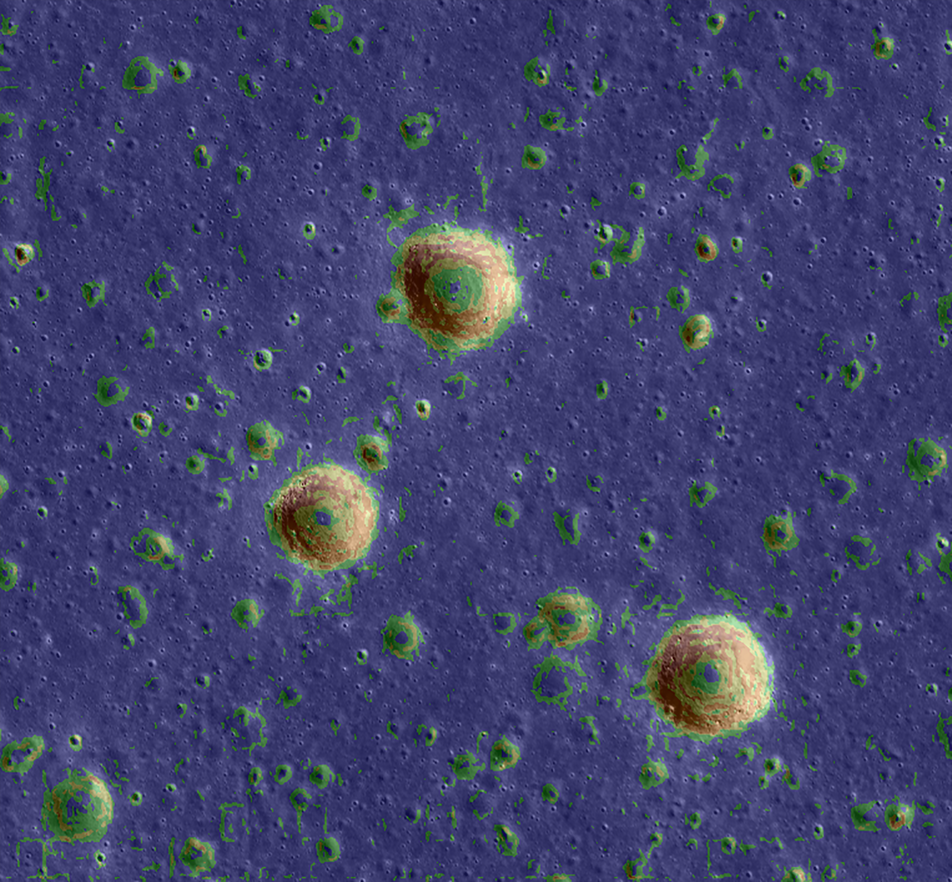


This amounts to using the following loss function to train the network: Fig 4: schematic of physics-informed neural network Finally, the residual of the underlying differential equation is computed using these gradients, and added as an extra term in the loss function. Next gradients of the network’s output with respect to its input are computed at these locations (which are typically analytically available for most neural networks, and can be easily computed using autodifferentiation). This is done by sampling a set of input training locations ( ) and passing them through the network. The idea is very simple: add the known differential equations directly into the loss function when training the neural network. One way to do this for our problem is to use a physics-informed neural network. So, what is a physics-informed neural network? Given the limitations of “naive” machine learning approaches like the one above, researchers are now looking for ways to include this type of prior scientific knowledge into our machine learning workflows, in the blossoming field of scientific machine learning (SciML). Where is the mass of the oscillator, is the coefficient of friction and is the spring constant. This is a classic physics problem, and we know that the underlying physics can be described by the following differential equation: What if I told you that we already knew something about the physics of this process? Specifically, that the data points are actually measurements of the position of a damped harmonic oscillator: Fig 3: a 1D damped harmonic oscillator The rise of scientific machine learning (SciML) By only relying on the data, one could argue it hasn’t truly “understood” the scientific problem. You can see that whilst the neural network accurately models the physical process within the vicinity of the experimental data, it fails to generalise away from this training data. Have a look at the actual values of the unknown physical process used to generate the experimental data in the animation above (grey line). The problem is, using a purely data-driven approach like this can have significant downsides. The “naivety” of purely data-driven approaches The result of training such a neural network using the experimental data above is shown in the animation. This is usually done by minimising the mean-squared-error between its predictions and the training points
#Lroc quickmap 3d free
To learn a model, we try to tune the network’s free parameters (denoted by the s in the figure above) so that the network’s predictions closely match the available experimental data. Given the location of a data point as input (denoted ), a neural network can be used to output a prediction of its value (denoted ), as shown in the figure below: Fig 2: schematic of a neural network One popular way of doing this using machine learning is to use a neural network. Fig 1: example of a neural network fitting a model to some experimental data the orange points in the animation below.Ī common scientific task is to find a model which is able to accurately predict new experimental measurements given this data. Imagine we are given some experimental data points that come from some unknown physical phenomenon, e.g. Let’s look at one way machine learning can be used for scientific research. Here an existing theory is not required, and instead a machine learning algorithm can be used to analyse a scientific problem using data alone. Traditionally, scientific research has revolved around theory and experiment: one hand-designs a well-defined theory and then continuously refines it using experimental data and analyses it to make new predictions.īut today, with rapid advances in the field of machine learning and dramatically increasing amounts of scientific data, data-driven approaches have become increasingly popular. Machine learning has caused a fundamental shift in the scientific method. Machine learning has become increasingly popular across science, but do these algorithms actually “understand” the scientific problems they are trying to solve? In this article we explain physics-informed neural networks, which are a powerful way of incorporating physical principles into machine learning.


 0 kommentar(er)
0 kommentar(er)
